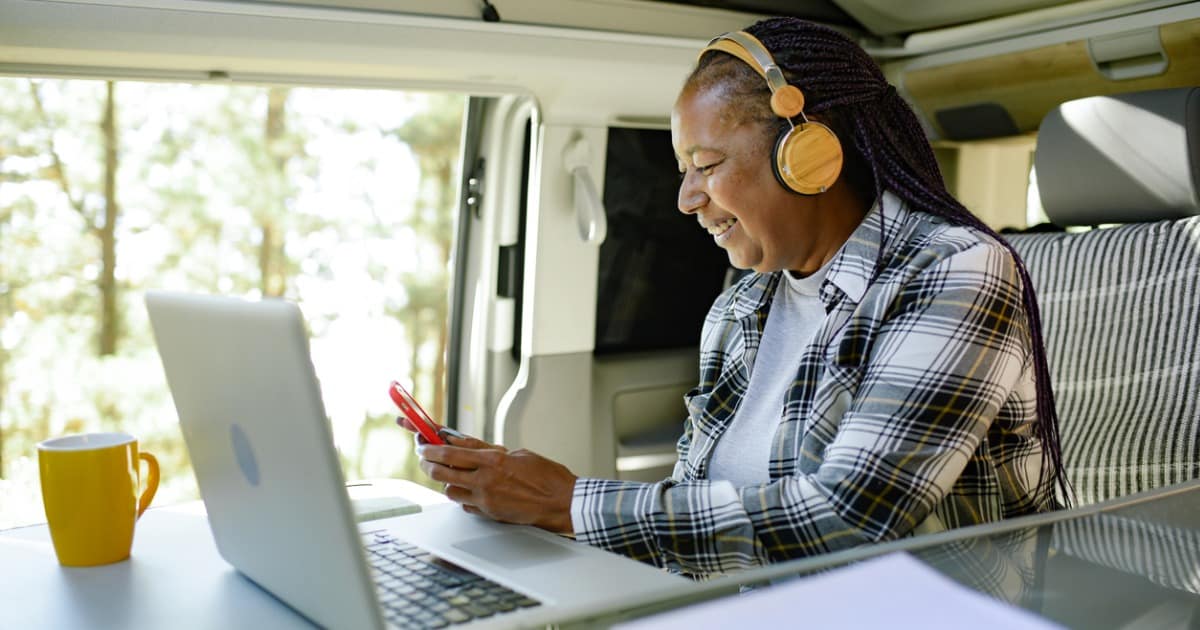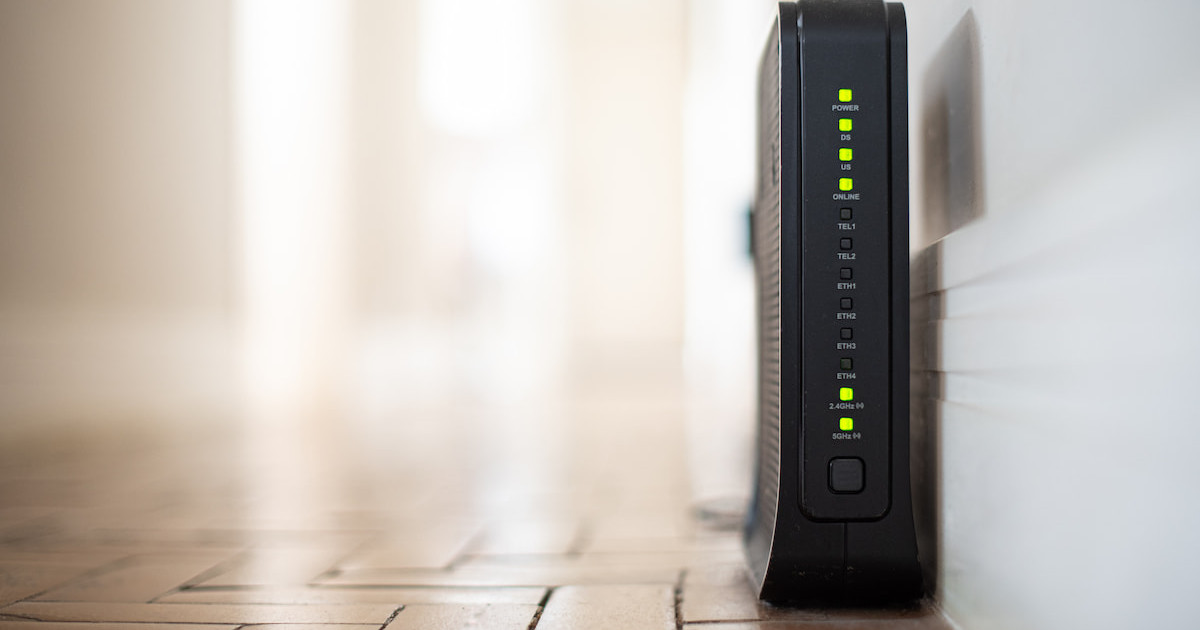How To Use a VPN
Learn how to use a VPN to increase your online privacy and improve network security
Aug 23, 2024 | Share
How-To, Technology, VPN
You don’t need to be a tech guru to appreciate the value of a virtual private network (VPN). It’s one of the best tools for increasing your internet privacy and getting around annoyances like geographically blocked content and internet service provider (ISP) throttling. VPNs encrypt your internet traffic and mask your IP address, giving you an extra layer of security and anonymity online.
What VPNs do might seem complex, but using one couldn’t be simpler. All the big VPN services provide easy-to-use apps for Windows, MacOS, iOS, and Android devices. All you have to do is sign up for a service, install the app, and turn on the VPN. There are more advanced features, like choosing a specific server location, but if you don’t want to dig too deep, the apps can handle all the technical stuff for you.
Let’s go through the basics of getting your first VPN up and running and why having one is a good idea.
Looking for a new internet provider?
Use our zip code search tool to find the best internet providers and deals in your area.
Why use a VPN?
A VPN masks your IP address by sending your internet traffic through an encrypted tunnel to a VPN server. From there, your internet data continues on to your intended destination, such as a website or streaming service. Data coming into your network or device goes through the same process. Here’s how this helps you maintain your online privacy:
- Your ISP can’t see what you’re doing online.
A VPN encrypts all your internet data between your device and the VPN server. Your ISP can see that internet traffic is coming and going, but it can’t see where data is going or where data is coming from. - Websites and online services can’t see your real IP address
Services like Google and Netflix can only see the IP address of the VPN server, not your real IP address assigned by your ISP. This comes in handy for making your internet traffic look like it’s coming from another location, useful for getting around geo-blocked content, or seeing search results relevant to your home country while traveling. - Protects you from some cyber attacks
If a cybercriminal tries to view or steal your internet data somewhere between your device and the VPN server, they’ll only find useless information due to the VPN encryption tunnel.
Steps to using a VPN
Step 1: Download and install your chosen VPN provider’s app onto your device
Most VPN services have apps for all the major OS platforms, including Windows, MacOS, iOS, and Android.
If you’re on a Windows or Mac computer, navigate to your VPN provider’s site and download the version that matches your operating system. For Windows, this will be an .exe file, and for Mac, a .pkg file. Alternatively, you may be able to find your provider’s VPN on the Microsoft Store (Windows) or App Store (MacOS).
On phones and tablets, download your VPN provider’s app from the App Store (iOS) or Google Play Store (Android).
Step 2: Log into the app with your VPN account credentials
This is the same email and password you used when creating your VPN account and signing up for your service. If you haven’t signed up for a service, you’ll need to do so now before you can continue.
Step 3: Choose a server
VPNs hide your IP address by passing your data through a VPN server. Most VPN services let you choose which server location you’d like to use. The server location you chose matters for two reasons:
- A physically closer server location will provide a more responsive internet connection with lower latency.
- The location you choose will determine what search results you get back from the internet and what content you can or cannot access.
For example, if you’re traveling in Europe, but want to access your usual streaming content in the U.S., you should use a VPN server located in the U.S. The VPN will trick your streaming service into thinking you’re in the U.S., so you’ll have access to all the same content you see when you stream from home.
Most VPN services automatically default to the fastest server, so if you just want privacy through a responsive connection, you can let the app decide which server to use.
Step 4: Turn on the VPN
Once you’re logged in and have your server set, activating your VPN is as simple as pressing a button or toggle switch in the app. These activation buttons are usually on right on the app’s home screen and are commonly labeled “Connect” or with a power icon.
FAQ
Why won’t my VPN connect?
Will a VPN protect my network and device from computer viruses?
Author - Austin Aguirre
Austin worked as a broadband technician installing and troubleshooting countless home internet networks for some of the largest ISPs in the U.S. He became a freelance writer in 2020 specializing in software guides. After graduating with a BS in technical communication from Arizona State University, he joined the team at HighSpeedInternet.com where he focuses on home network improvement and troubleshooting.
Editor - Jessica Brooksby
Jessica loves bringing her passion for the written word and her love of tech into one space at HighSpeedInternet.com. She works with the team’s writers to revise strong, user-focused content so every reader can find the tech that works for them. Jessica has a bachelor’s degree in English from Utah Valley University and seven years of creative and editorial experience. Outside of work, she spends her time gaming, reading, painting, and buying an excessive amount of Legend of Zelda merchandise.




